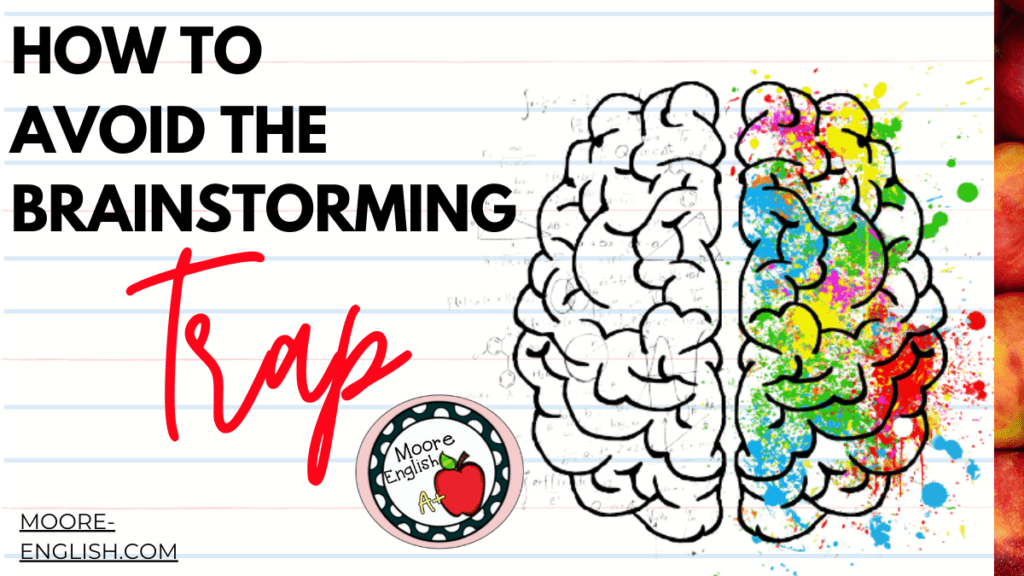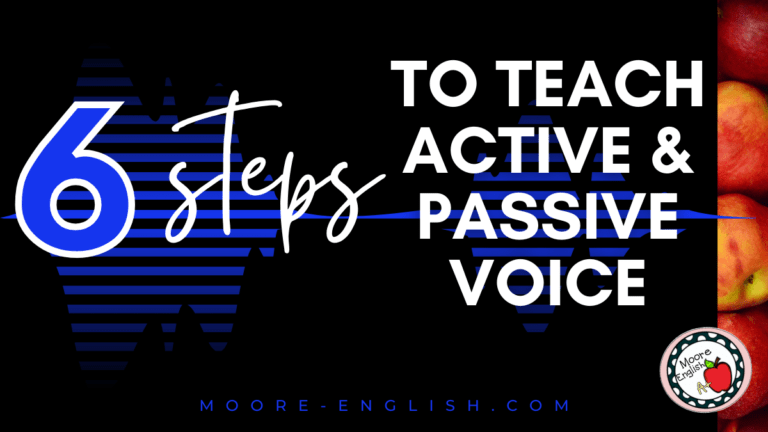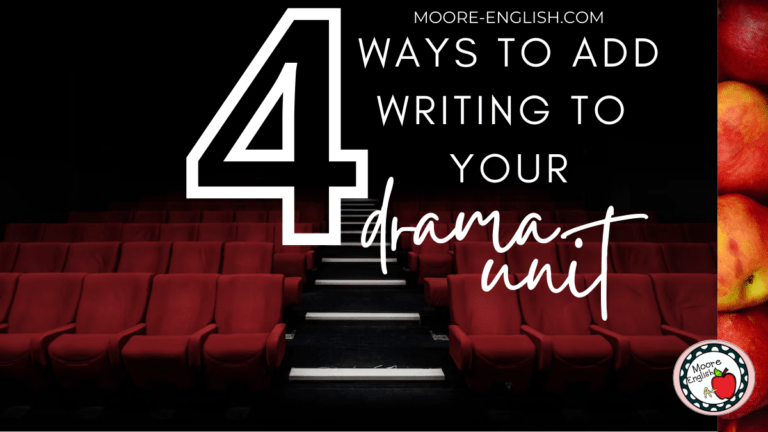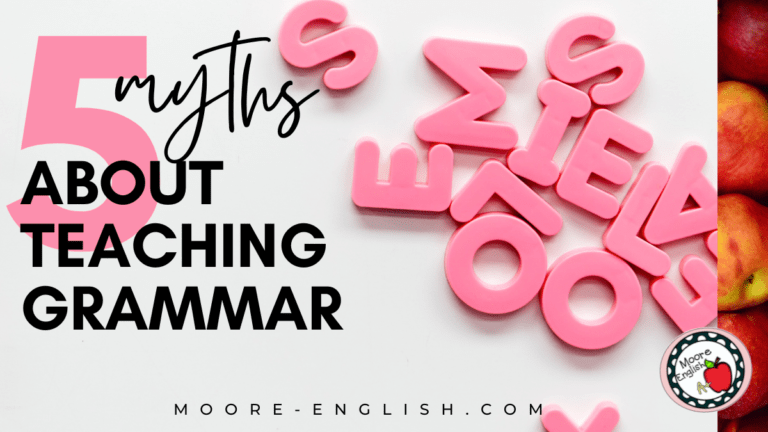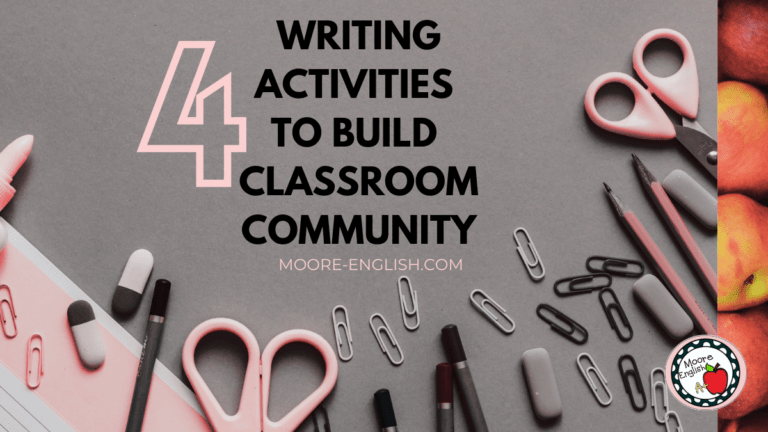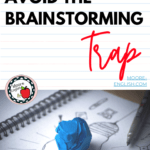As a student, brainstorming was my least favorite part of the writing process. Invariably, a teacher would have a required method. Regardless of her good intentions, the required method never quite fit my needs.
For that reason, as a teacher I vowed never to require students to brainstorm.
Wow. That was short sighted.
When my students skip brainstorming, they get stuck. They do not know where to begin. And they usually do not have any idea how to get un-stuck. For this reason, I now know that brainstorming must be part of any long-form classroom writing.
So I struggled for a long time with how to help students understand the value of brainstorming and how to help students find a technique that works for them. I badly wanted to avoid the trap I’d experienced so many times as a student.
Ultimately, I realized two things.
- Firstly, students needed options rather than restrictions.
- Secondly, students needed brainstorming to be useful.
This post this post may contain affiliate links. Please read the Terms of Use.
Provide Brainstorming Options
Since brainstorming should provide options rather than restrictions, give students choices is important. For this reason, when students write for me, I require evidence of brainstorming but not in any particular format. Here are some popular options:
- Student-created outlines or lists
- Mind maps or graphic organizers
- Braindumps, quick writes, and journals
- Doodle notes, including plot diagrams or storyboards
Brainstorm with Technology
Using technology is a great way to provide options for brainstorming. Here are some of my students’ favorite tech tools:
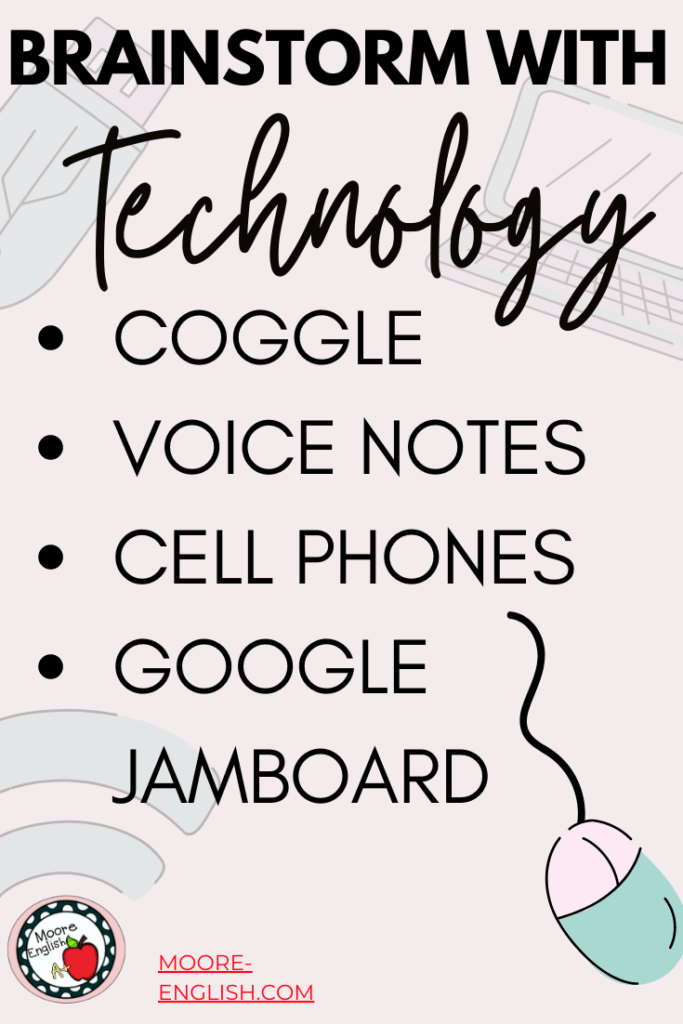
Firstly, my students are so invested in their cell phones, that this technology is often their first choice. With their phones, students can braindump in the notes app or in the voice notes app.
Secondly, Google Jamboard provides tons of options. Something about being able to use the sticky notes in Jamboard is comforting and informal for my students. One advantage of this strategy is that I can make each student a slide in the Jam and then they can link, screenshot, or add all elements of their brainstorming. Then, students can draw inspiration from each other, which is the heart of collaboration. This is just one way technology can empower students through collaboration!
Finally, for distance learning, digital mind mapping is invaluable. Coggle is the tool I most frequently recommend to my students because it’s intuitive, easy to use, and free!
Make Brainstorming Useful
Once students have options for brainstorming, they must also understand its value. Here are three options for helping students appreciate the value of brainstorming:
Firstly, make brainstorming part of your modeling process. Students enjoy seeing how I think through a prompt or piece of text. My models are usually a combination of outlining and word association. Similarly, with permission and the condition of anonymity, save past student brainstorms to use as models.
Secondly, use brainstorming as a cure for writer’s block. Especially when my students are writing creatively, they experience some writer’s block. When this happens, I encourage students to return to their brainstorm. By adding on to their original document, students can often work themselves out of writer’s block. Furthermore, this strategy emphasizes the recursive nature of the writing process.
Lastly, help students process their thoughts. By its very nature, brainstorming is messy. For some of my students, this is fine. However, most of my students need some guidance to make their thoughts cohesive. For this reason, I often follow brainstorming with a Google Form Reflection. With the Google Form, students process through their initial thoughts. This is especially helpful with informative a persuasive writing because reading students’ Google Form responses helps me quickly identify students who do not understand the task, audience, or research.
How do you brainstorm?
When I think back to my student years, I often see missed opportunities. I never want my students to feel that way. To help with this, I’ve put together a brainstorming menu that helps students see options and methods for brainstorming.
What about you? How do you encourage pre-writing in your classroom?

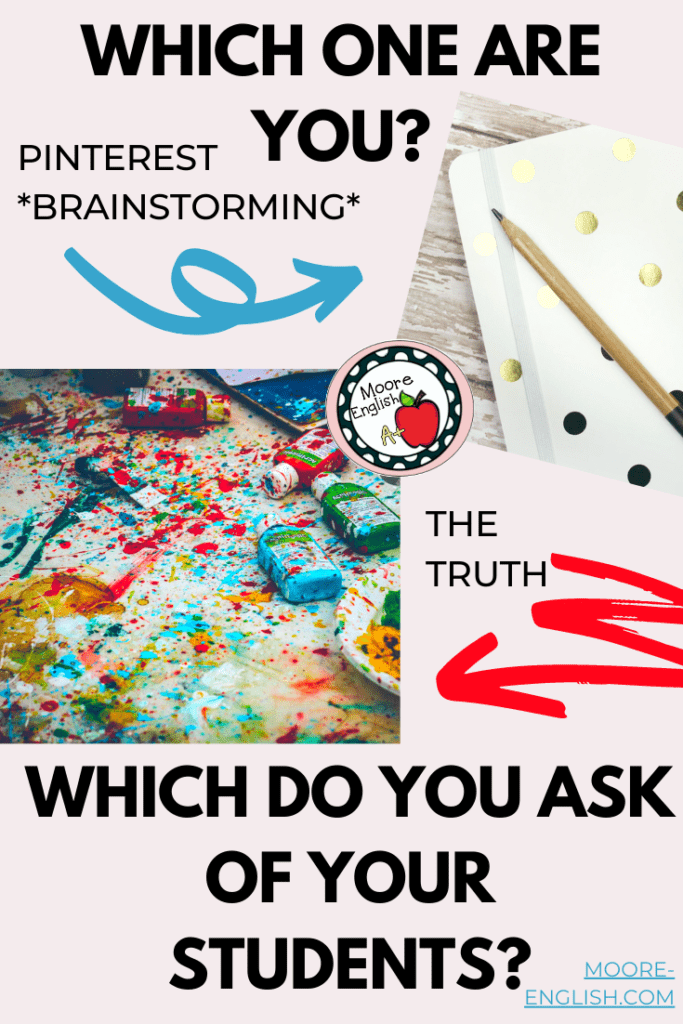
Photos by Jen Theodore and Ricardo Viana on Unsplash

